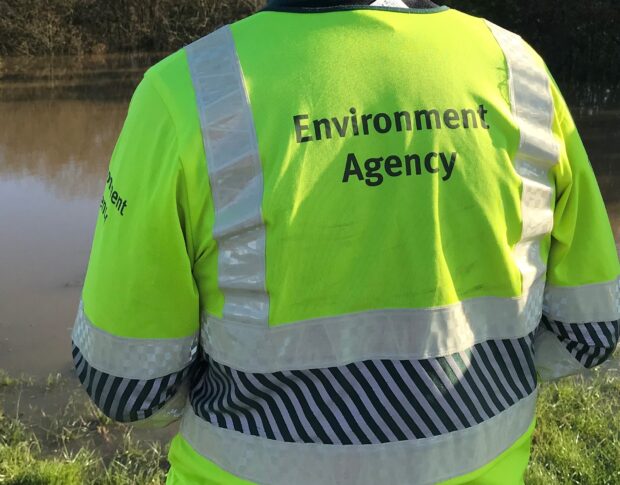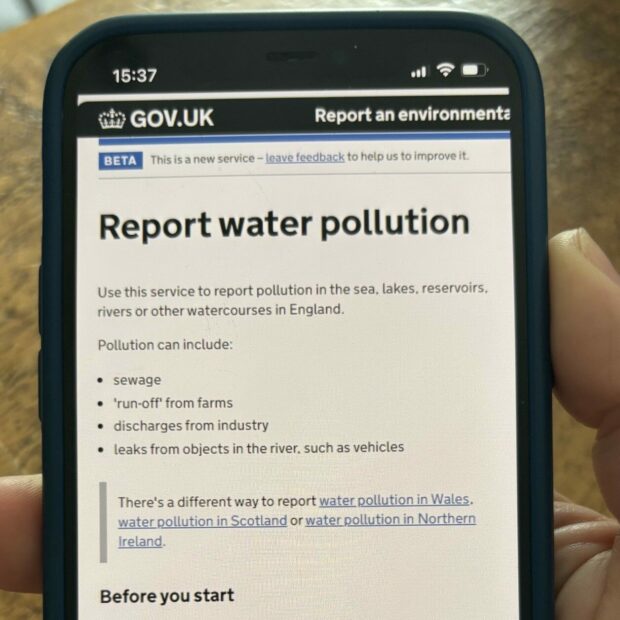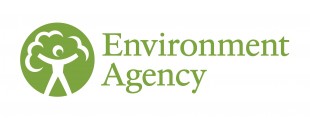
There has been media interest today (Thursday 25 September) in the Environment Agency’s attendance to pollution incidents, including in the BBC. The coverage examines the categorisation process of incidents.
The article does not give the full picture around the EA’s performance, and how the organisation is evolving and taking more action than ever before. In particular, we would highlight:
- The EA aims to attend all confirmed category 1 and 2 water industry incidents - the most serious types of incident. EA figures for 2024 show that there were 74 such pollution incidents and we attended 53 of them – 72%. We are committed to improving our performance and with more people and better data, we are making progress in improving our response to incidents when a response is required.
- We deal with up to 100,000 calls per year. We have a clear rationale on both our initial and final categorisations of incidents and why they can be different. When an incident is first reported to EA control room staff, an initial categorisation is given. Staff then follow a clear process and work with highly trained environmental specialists to gather further information, including from public reports and monitors on sewage outflows. Only then will the EA categorise the incident and make the decision on severity. We are very clear that the final categorisation is only made after further questions and detailed investigations of a number of sources have been concluded.
- Incident categorisation changes are made following independent assessments made by Environment Agency staff alone. We are not influenced by water companies on the calls we make. In many instances water companies appeal the EA’s final categorisation, which shows that the approach we are taking is robust.
We are committed to improving our performance and creating greater impact wherever we work. This includes investing in more people, better data and tech in order to increase regulation of the water sector.
We are investing in 500 additional staff including environment officers, data analysts, enforcement specialists and technical experts, as well as team leaders and managers.
We’ve developed new digital systems and significantly increased the number of water company inspections. In 2024/25 the EA delivered over 4600 water company inspections, and we are on track to deliver 10,000 in 2025/26, with a further increase to 11,500 in 2026/27.
Staff continue to prioritise attendance at all Category 1 and 2 serious and significant water company pollution incidents but we are also increasing our attendance at Category 3 (minor) water company pollution incidents.
Since 2015, we have concluded 65 prosecutions against water and sewerage companies securing fines of over £151 million.

In response to the coverage, an Environment Agency spokesperson said:
“We respond to every water pollution incident report we receive. To make sure we protect people and the environment, we are careful not to underestimate the seriousness of an incident report when it comes in. Final incident categorisations may change when further information comes to light. This is all part of our standard working practice.
"Water companies must meet their legal obligations or face enforcement action. We are closing the justice gap by delivering effective regulation and deterring illegal activity - all made possible by increased funding and new powers coming in through the Water (Special Measures) Act."
We are also investing around £15 million in enhancing our digital systems and tools. Data and information from lots of sources will be combined to turn data rapidly into regulatory intelligence to easily identify and tackle the highest priority issues.
Defra recently announced that the Environment Agency will receive a cash injection of over £189m this financial year - the largest ever budget for water regulation. This will fund more enforcement officers, improved equipment and the latest technology for the regulator.
Polluters now also face new uncapped financial penalties, which are quicker and easier to enforce.

2 comments
Comment by Martin Brocklehurst posted on
But the real test is whether or not this enforcement action is effective and river water and lake water quality improves. Spending money, securing large fines and being busy is not the same as being effective.
Let’s hear more about effective monitoring to demonstrate improving river and lake water quality. Reach out and engage citizen scientists in your routine monitoring activities and let’s have a density of regulatory monitoring that ensures no polluters escape the consequences. With fiscal constraints “doing it together” is the only effective way forward.
MartinBrocklehurst
Chair of the Citizen Science Global Partnership
Comment by Christopher John Smith posted on
53 out of 74 Cat 1&2 is not a record to celebrate . For an organisation of this size surely responding to 74 incidents is not too big of a challenge?